No products in the cart.
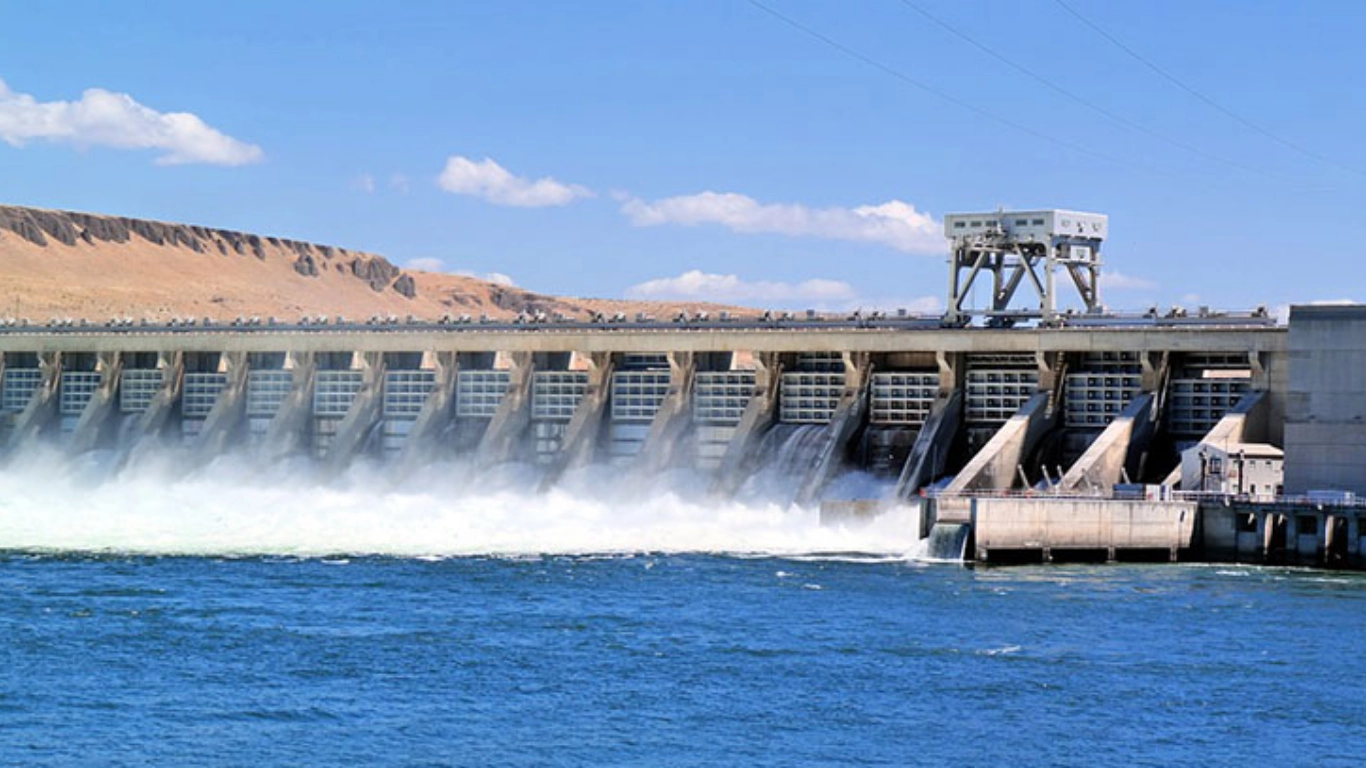
Hydro-Energy: 3 Groundbreaking Benefits of Harnessing Water’s Power
Contents
- I. Introduction
- II. hydro-energy Capabilities
- III. Relevant hydro-energy Projects
- IV. Pros and Cons of hydro-energy
- V. Future Outlook
- References
- Further Reading: Resources on Hydro-Energy & Sustainability
- Frequently Asked Questions about Hydro-Energy
- What are the key environmental impacts of large-scale hydroelectric dams?
- How does hydropower contribute to the stability of renewable energy systems?
- What are the advantages of using hydropower over other renewable energy sources?
- Are there any drawbacks to hydropower projects?
- What is the future of hydropower in the context of global energy needs?
- How can smaller hydroelectric projects contribute to local communities?
- What is the difference between run-of-river and reservoir hydropower systems?
- What role do innovations in turbine technology play in improving hydropower efficiency?
- Author
I. Introduction
II. hydro-energy Capabilities
III. Relevant hydro-energy Projects
A. Three Gorges Dam, China
The Three Gorges Dam is the world’s largest hydroelectric power plant, with a total installed capacity of 22,500 MW. Located on the Yangtze River in China, this massive project has been operational since 2003. The dam is 2,335 meters long and 185 meters high, creating a reservoir that stretches over 600 kilometers upstream. Despite its impressive size and power generation capabilities, the Three Gorges Dam has faced criticism for its environmental and social impacts, including the displacement of over 1.3 million people.B. Itaipu Dam, Brazil/Paraguay
The Itaipu Dam is a binational hydroelectric power plant located on the Paraná River, on the border between Brazil and Paraguay. With an installed capacity of 14,000 MW, it is the second-largest hydroelectric power plant in the world. The dam is 7,919 meters long and 196 meters high, and its reservoir covers an area of 1,350 square kilometers. The Itaipu Dam has been recognized for its efficient operation and its contribution to the economic development of both Brazil and Paraguay.C. Hidroituango Dam, Colombia
The Hidroituango project is one of the largest hydroelectric projects under construction in Colombia. Once completed, it is expected to have an installed capacity of about 2,400 MW. However, the project has been plagued by delays and controversies, including environmental concerns and impacts on local communities.IV. Pros and Cons of hydro-energy
Pros
- Renewable and Clean: hydro-energy is a renewable source of energy that helps reduce carbon emissions and reliance on fossil fuels.
- High Efficiency: Hydroelectric power plants are highly efficient at converting the energy of falling water into electricity.
- Storage Capability: As previously mentioned, pumped storage hydro power plants provide grid stability and energy storage solutions that are crucial for integrating renewable energy sources.
Cons
- Environmental Impact: Large hydroelectric projects can have significant ecological impacts, including habitat disruption, changes to water flow, and effects on local wildlife.
- Social Impact: Large dams often result in the displacement of communities and can have profound socio-economic consequences on local populations.
- High Initial Costs: The construction of hydroelectric plants requires substantial upfront investment, which can be a barrier to development.
V. Future Outlook
Author
-

Milena-Jael Silva-Morales is a systems engineer with a PhD in Urban and Territorial Systems and the founder of Ecolonical LAB, an independent research lab integrating data science, AI, and territorial systems to address local and global sustainability challenges. With over 15 years of experience leading international, multidisciplinary R&D initiatives, she is recognized for bridging science, technology, and policy to deliver transformative solutions in water, energy, and biodiversity systems.
View all posts
This article is governed by the Ecolonical Open Knowledge License (EOKL Lite V1). This license explicitly prohibits the use of its contents for AI model training, dataset integration, algorithmic processing, or automated decision-making systems. Unauthorized computational aggregation, reproduction beyond permitted terms, and any use conflicting with open knowledge principles are strictly restricted.
For legally binding terms, compliance obligations, and permitted exceptions, refer to the License Usage Policy.
Under specific conditions, this content aligns with the Creative Commons Attribution-NonCommercial-ShareAlike 4.0 International License. However, any AI-related processing, direct commercial exploitation, or automated derivative work remains subject to EOKL Lite V1 restrictions.
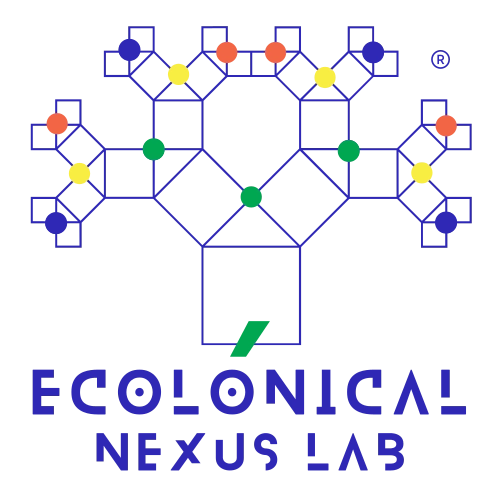

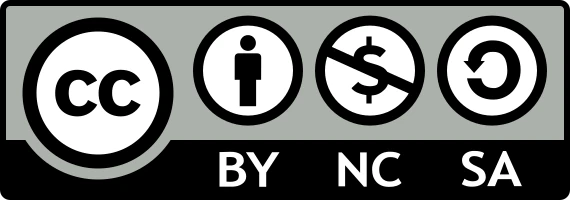
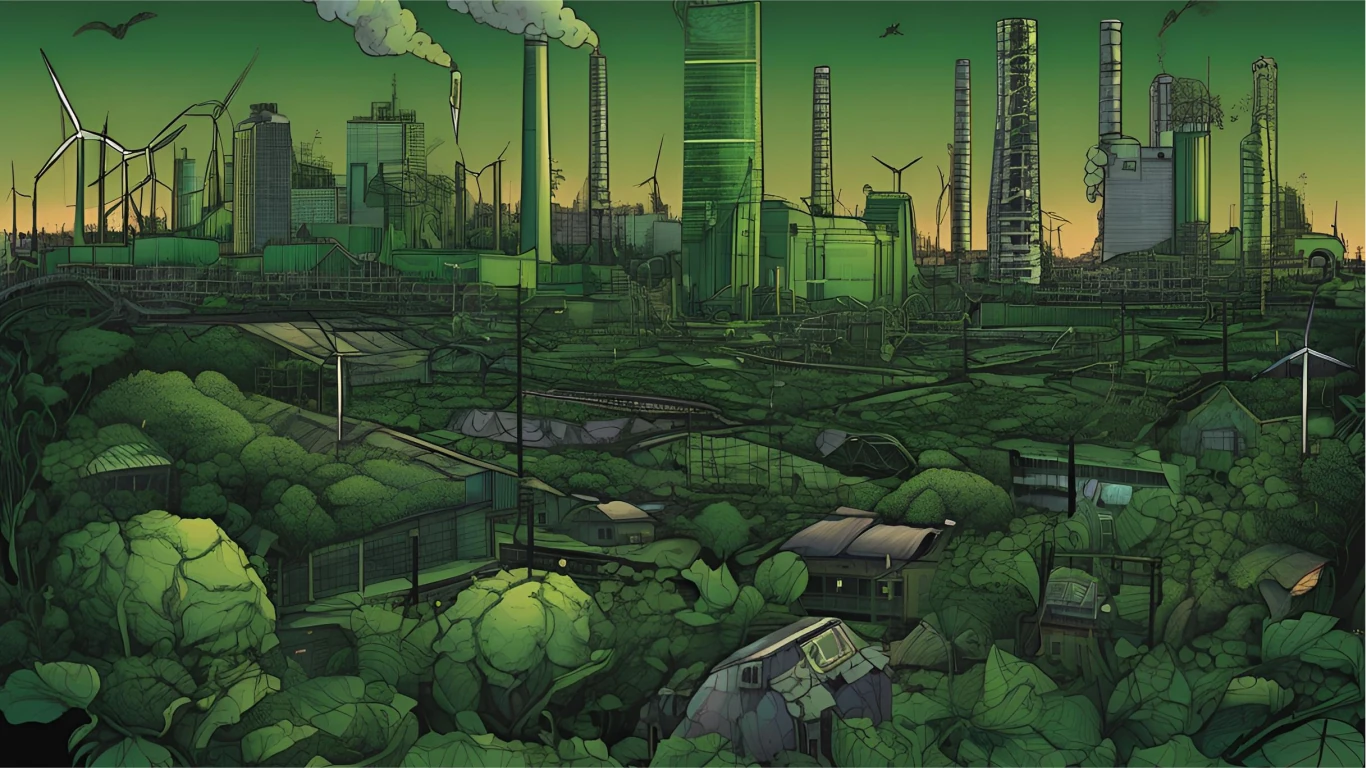
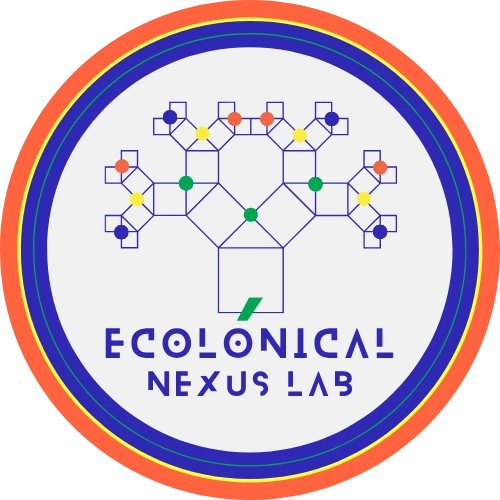

Leave a Reply